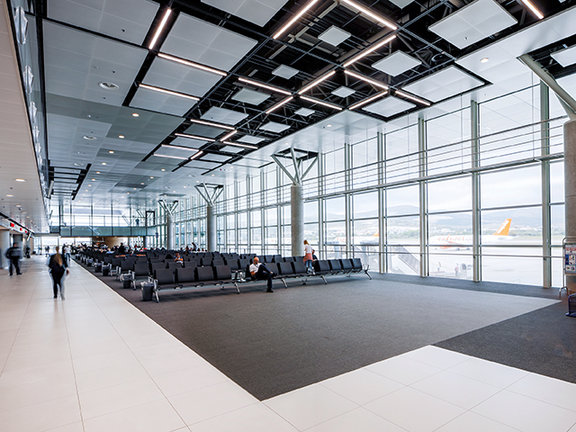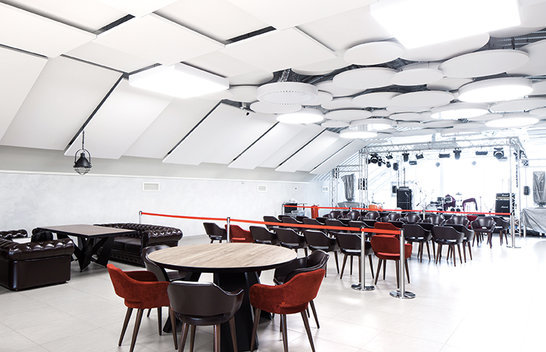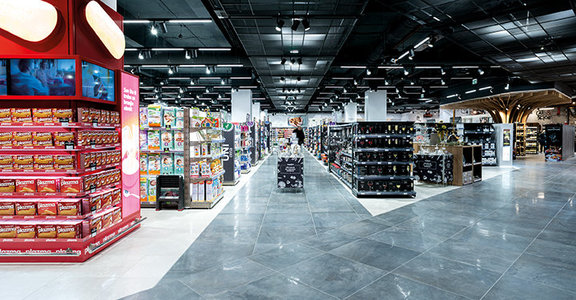
Optimal Space
In architectural circles it’s a common fact that elements such as light, geometry and materials can all affect our moods.
But none more profoundly than space. Space is the great extender. The opportunity to make creative statements and add functionality to a room. Space is why, when it comes to the interior of a building, we should consider the ceiling as the perfect place to start.
Great space, intelligent design
We live in a world with a growing population. By 2050, nearly 70% of the world’s population will live in cities, compared to 55% today. It equates to an extra 1.2 billion people. This demographic — those who are younger, more affluent and more driven to demand living and workplaces which provide a greater sense of ‘space’ to benefit their wellbeing, will expect their buildings to outperform and be more resourceful.
So how do we go about it? How do we address this need of making more of what’s above our heads? Naturally, through intelligent design. Using techniques such as light-reflective panels to expand the feeling of volume and openness. Drawing attention to vertical lines with eye-catching canopies or skylights
Bold lighting can create a room with a greater sense of space, making it feel larger. But it’s more than just going bigger, though. A building’s interior should be conceived in a way that uses available space to its advantage.

The impact architecture has on a person’s mood is huge. Arguably these are the fundamentals of architecture: not how it looks, but how we feel it, through the way it allows us to act, behave, think and reflect.”
Allow for flexibility
Places such as operating theatres, make best use of lower ceilings — it focuses and encloses everything in, not least the surgeon’s attention. Whereas any artist will tell you they’d rather create in a studio with a high ceiling — the space for free-thinking and ever-expanding plans.

But when it comes to the design of your next building, its structure should not try to dictate how a person should feel. Instead the aim should be to allow flexibility — letting each person experience and explore it in their own way. Whether for individuals or groups, working or leisure, choosing the right ceiling allows for optimal conditions.
Combining acoustic and thermal comfort with natural light, or finding a balance between striking angles and seamless curves, it is possible for architects to create a ceiling with a greater sense of space. Not necessarily bigger, but bolder and more assured.